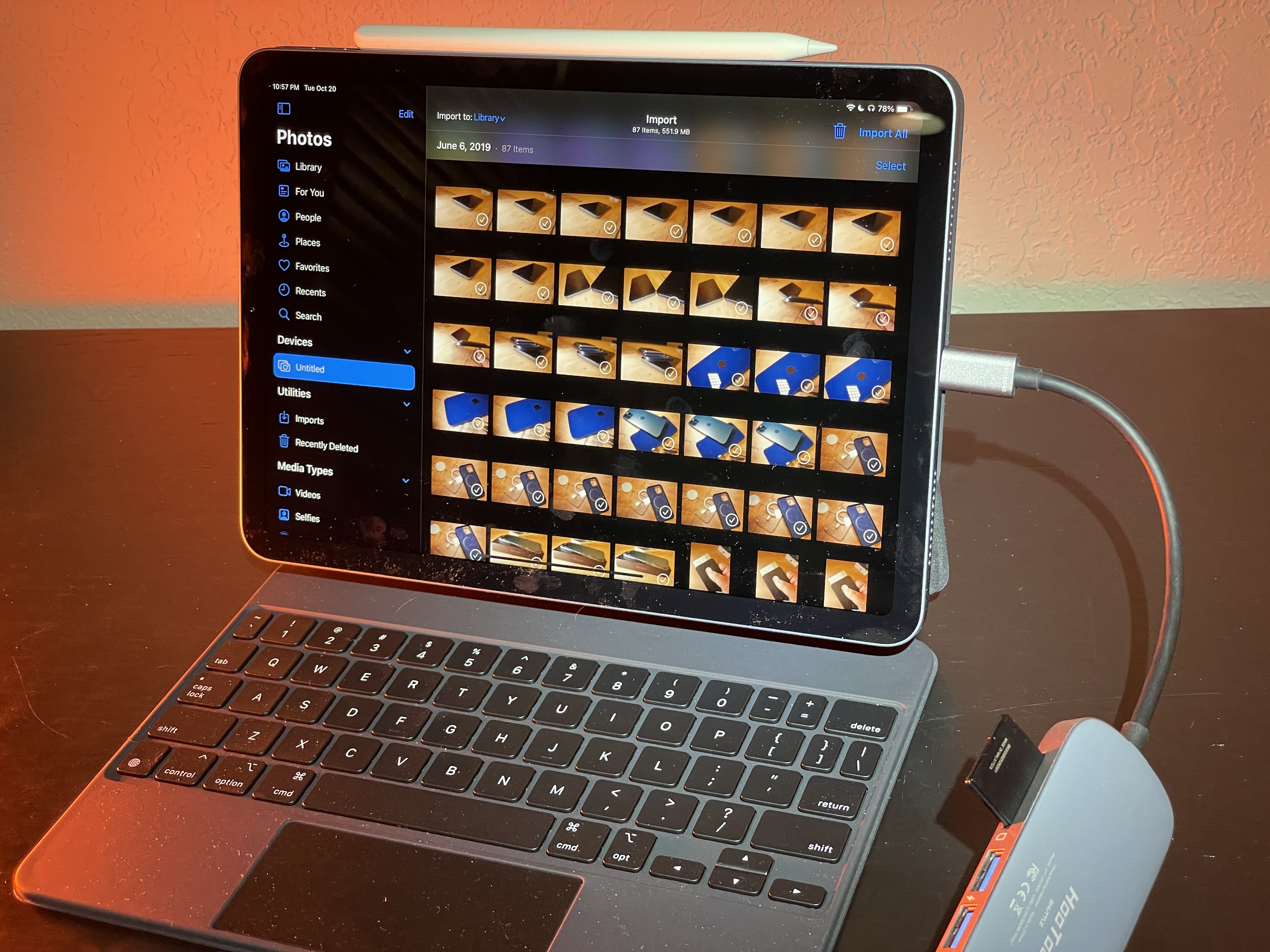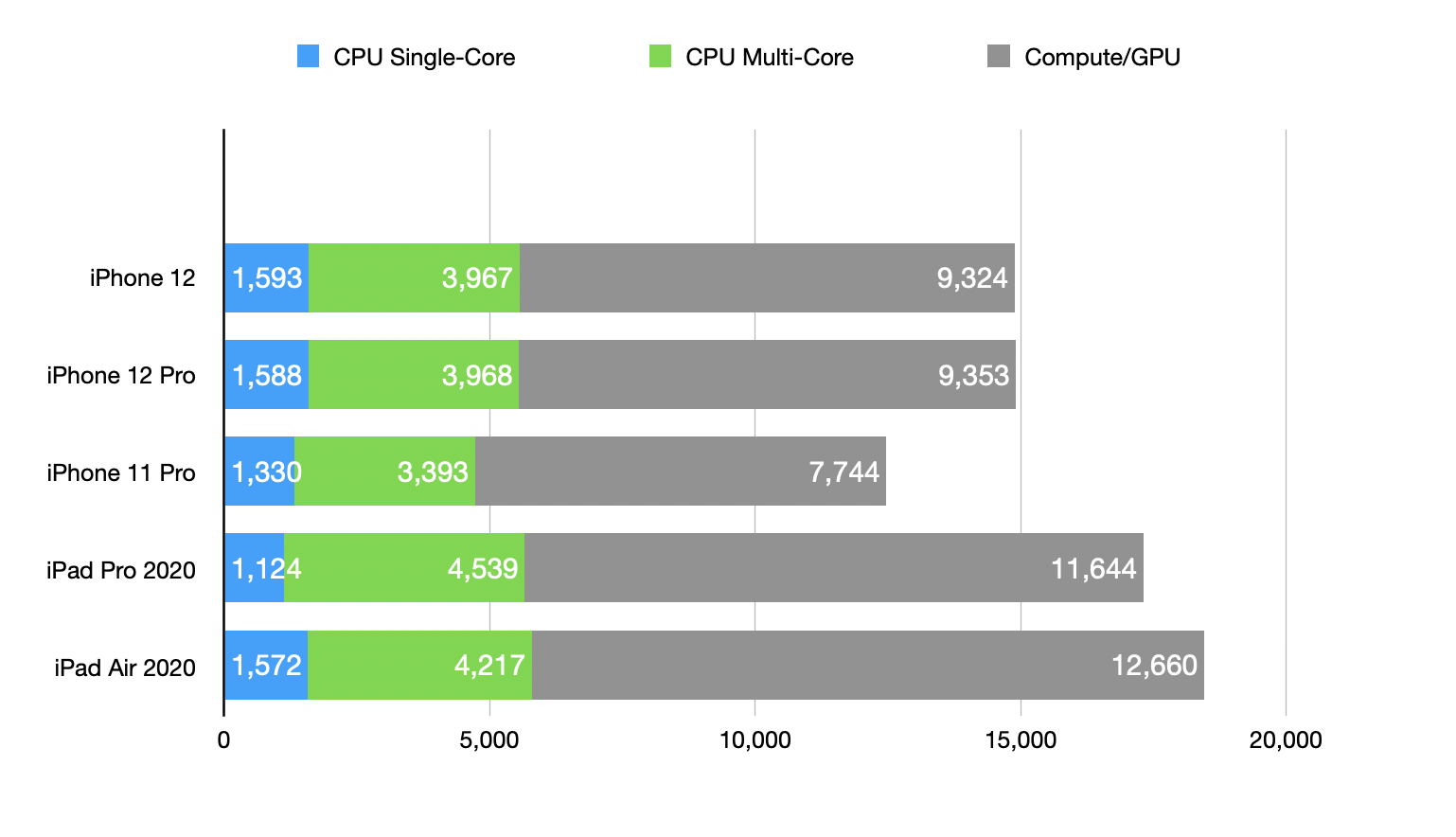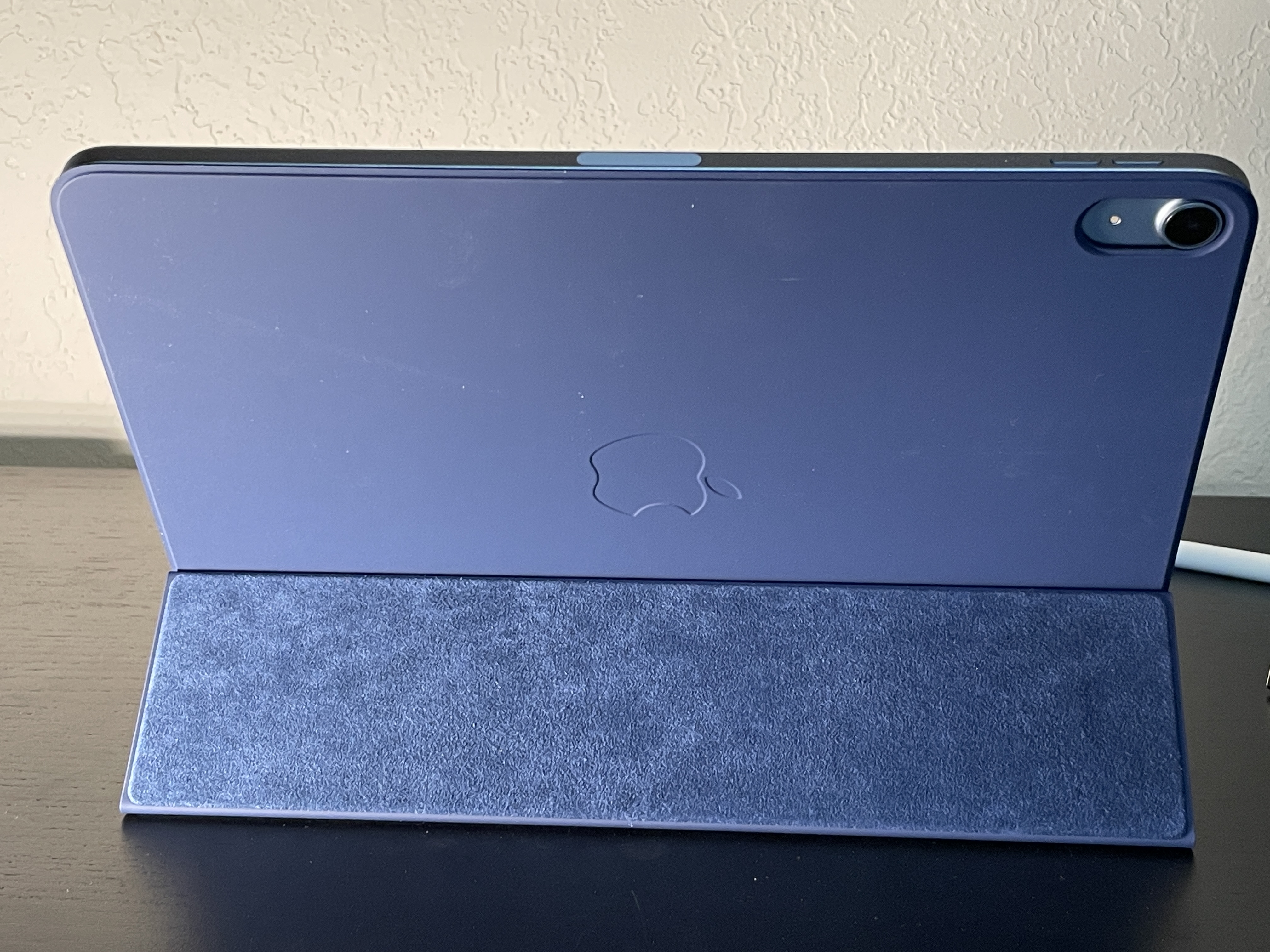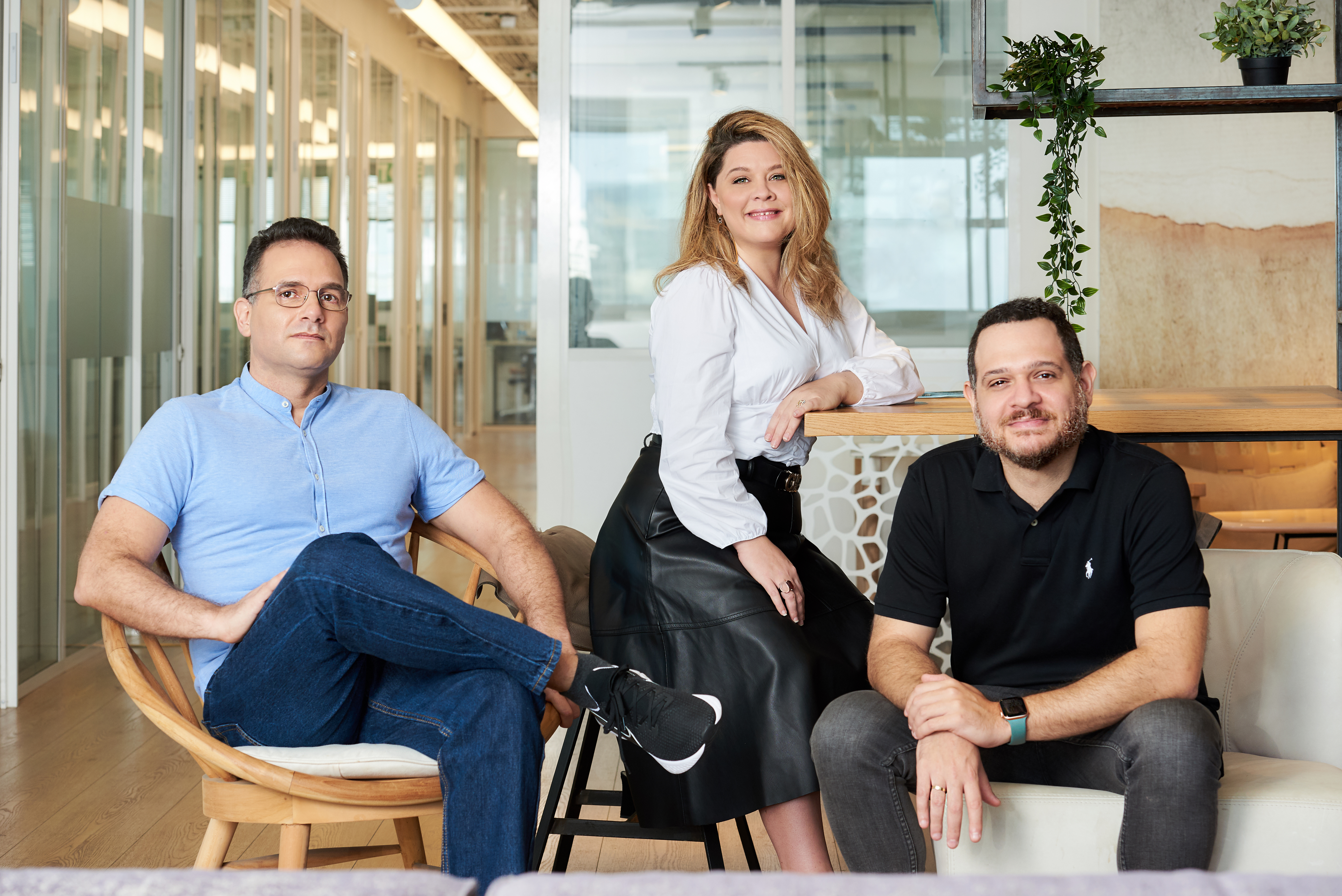News: TikTok details how it’s taking further action against hateful ideologies
TikTok said on Wednesday it’s strengthening its enforcement actions against hate speech and hateful ideologies to include “neighboring ideologies,” like white nationalism and others, as well as statements that emerge from those ideologies. In a blog post, TikTok explained that it regularly evaluates its enforcement processes with the help of global experts to determine when
TikTok said on Wednesday it’s strengthening its enforcement actions against hate speech and hateful ideologies to include “neighboring ideologies,” like white nationalism and others, as well as statements that emerge from those ideologies.
In a blog post, TikTok explained that it regularly evaluates its enforcement processes with the help of global experts to determine when it needed to take action against emerging risks.
While the TikTok Trust & Safety teams were already working to remove neo-Nazism and white supremacy from its platform under existing policies, it’s more recently expanded enforcement will also cover related ideologies, including white nationalism, white genocide theory, as well as “statements that have their origin in these ideologies, and movements such as Identitarianism and male supremacy,” TikTok said.
The announcement was made on TikTok’s European newsroom, and follows TikTok’s recent joining of the European Commission’s Code of Conduct on Countering Illegal Hate Speech Online. However, the guidelines TikTok discussed apply to its global audience.
TikTok had made similar statements on its U.S. newsroom in August, including its plans to take action against other hateful ideologies, including white nationalism and male supremacy, in addition to white supremacy and anti-semitism. A TikTok spokesperson told TechCrunch the new announcement was meant to offer “further details” on that policy.
The company’s new blog post noted how many monitoring organizations have been reporting that anti-semitic sentiment is increasing around the world.
TikTok itself had been recently accused of having a “white supremacy” problem, according to a report from the Anti-Defamation League, which led to the U.S. newsroom announcement earlier this year. The ADL had uncovered dozens of accounts that were using combinations of white supremacist symbols, terms and slogans as screen names or handles, its report said.
It also said it secured a commitment from TikTok to work together to remove such content going forward. At the time of the report, TikTok had claimed to have already removed 1,000 accounts during the year for violating hate speech policies, and said it had taken down hundreds of thousands of videos under those same guidelines. In the U.S. newsroom post, TikTok updated its numbers, saying it had banned more than 1,300 accounts for hateful content or behavior, removed more than 380,000 videos for violation of its hate speech policy, and removed over 64,000 hateful comments.
TikTok offered no update on those figures, or EU-specific data, in today’s post.
The post went on to detail other existing policies in this area. For example, TikTok says it doesn’t permit any content that denies the Holocaust and other violent tragedies — a policy Facebook only recently adopted after years of choosing to favor free speech. TikTok also says it takes action to remove misinformation and hurtful stereotypes about Jewish, Muslim and other communities — including those that spread misinformation about “notable Jewish individuals and families” that are used as proxies to spread antisemitism.
TikTok additionally noted it removes content harmful to the LGBTQ+ community by removing hateful ideas, including content that promotes promotes conversion therapy and the idea that no one is born LGBTQ+.
The company spoke about another area of policy it’s worked to improve, too. Today, TikTok is working to train Trust & Safety enforcement team members as to when it’s appropriate to remove certain language. In the case of language that was previously used to exclude and demean groups, it’s removed. But if those terms are now being reclaimed by impacted communities as terms of empowerment and counter-speech, the speech wouldn’t be taken down.
When content is taken down, TikTok users will be able to ask for a review of the action, TikTok also promised — a level of transparency that isn’t always seen today.
Much of what TikTok announced on Wednesday isn’t a new policy, necessarily, but is meant to address the E.U. audience specifically, where TikTok faces continual scrutiny over its data practices and other policies.











